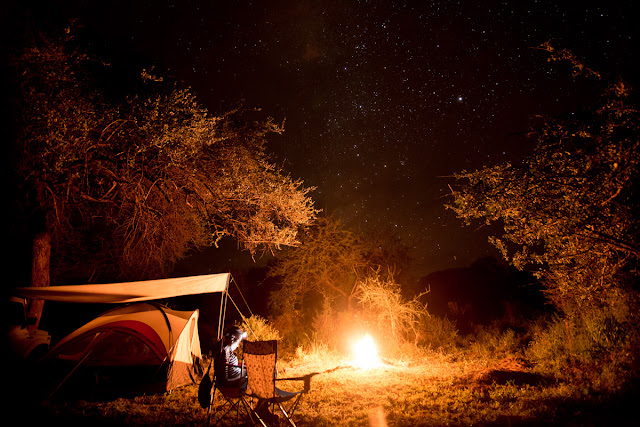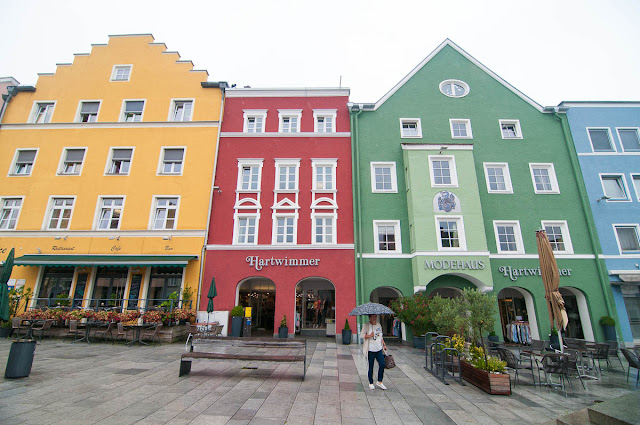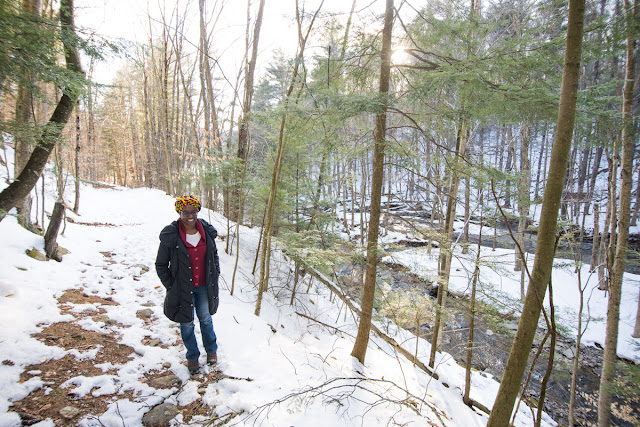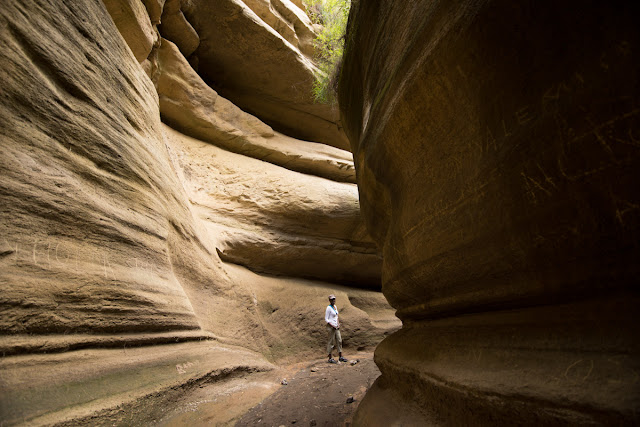
After our camping in the arid, hot and flat plains of Meru National Park, we thought to change it up a bit by paying a visit to Mt. Kenya. We were not going to hike up to the top or anything tooo strenuous, but we did want to go up to Lake Ellis on the eastern side of the mountain.

One of my favorite things when climbing a mountain is how the vegetation changes drastically with altitude. The lower part of the mountain is girdled with a large forest. We drove for probably an hour through this dense forest. We eventually entered into a band of thick Bamboo forest. Every now and then we would see some monkeys, or hear something in the forest (there are apparently 2,000 elephants that call this forest home), and only once did we pass a car coming the other direction.

Eventually we got to the gate where the affable park ranger told us to go stand "on the airstrip at the exact spot where the bucket is" to get cell phone reception to pay our entry fee. We obeyed and sure enough it worked (I actually had to stand ON the bucket). Then he said take the first left turn and you will be fine. We searched in vain on the short road and were unable to see any left turn. Finally a tour van came by and we stopped to ask him the way.
"It's right there" he said, pointing right next to us.
"Where?" we asked, bewildered.
"There!! There!" he said, pointing at a few large bushes.
Sure enough, the large bushes patch was the start of the road.

The path opened up a bit, but just a bit! After that was mud, water and lots of deep ruts. I am not sure if we would have made it if it was raining. At this point we were past the thick forest and we were now into the 'timberline forest' made up of trees that are a bit stunted, often hung with moss, and really really pretty.

By this time it was getting late in the evening and we had only a few kilometers to Lake Ellis, but at one point even the Suzuki couldn't make it - the altitude was having an effect on the power of the car, and even in low gear we couldn't get past one particular steep point with bad stones. It was almost dark so we decided to search for an alternative campsite. So we backed all the way down the steep hill and tried a different road.
Eventually the track came to an end...but fortunately it was at the base camp for climbing the mountain and as Sandi made some yummy and warm food, I quickly set up camp as the sun set. The sun slid down the horizon in seconds, with the temperature plummeting just as fast.
Just before we retired to bed, I went outside to shoot the stars. Up on the mountain, the stars are just spectacular. The scientific reason is that you have less atmosphere, less light pollution and less moisture in the air. Subjectively, it is an awesome experience to look into the sky and see thousands of stars.
Also, subjectively AND objectively, coming from 30 degrees C down to -5 C in one day is no joke. I was out of the tent for maybe 5 minutes and FROZE. For the first time in our lives, we camped overnight in sub-zero weather. The next morning our tent was covered in frost. But we were snug and cozy in the tent, and we were ok. We may even do it again!

We bumped into a friendly guide we had met at the gate who had a couple he was taking to see some caves and he invited us to come along. So we did and boy was it wonderful. The view everywhere was spectacular.
Then we came to these towering cliffs, with cozy looking caves below them. Just right caves - not too deep to be scary but offering shelter and a rather appealing looking campsite.
Keep going past the caves and now you are in a deep chasm, and have to jump from rock to rock in a freezing stream to keep moving.
And then you pop out into a lovely little secret garden, complete with a babbling brook and a little waterfall. It couldn't have been more perfect if someone had planned it out and spent centuries moving the huge cliffs into position and planting trees in specific locations.

Later on we decided to hike up to Lake Ellis (where we had originally planned to camp). What a pristine and lovely spot. We will definitely try to make it again one day. Lake Ellis is pretty high at 3,450m (11,300ft) above sea level.
Of course at this high altitude the plants are really different from what we are used to. These are plants designed to deal with very little moisture and survive daily swings of temperature that drop down very cold.
The famous lobellias start around 3,500m, but even at this point there are lots of interesting flowers and plants, that sadly I do not know the names of. If anyone recognizes anything please let me know!
This environment is also quite fragile. Though it looks like there is lots of vegetation, it grows really slow. Some years ago there was a massive fire and we could still see lots of dead plants. It takes time to recover when it is this cold and this dry.
I leave you with the story of how Mt. Kenya got its name. I must add that there are a few versions of this story, so maybe don't swear your life away on this particular version. But it's the one I like the most.
One of the tribe that live around the mountain, the Kikuyu, called it Kere Nyaga (mountain of ostriches). But of course the mountain is visible from far afield. So when Dr. Ludwig Krapf, a German missionary and linguist saw it, he naturally had some questions. Incidentally he was widely ridiculed in Europe for reporting snow and ice at the equator on Mount Kilimanjaro and Mt. Kenya.
Dr. Krapf was a pretty special man - among other things he wrote a Swahili dictionary, grammar book and translated parts of the bible into Swahili and Amharic. So he asked his Kamba guide what 'that' was, the guide gave a corrupted version of Kere Nyaga, 'Kiinya'. Thus recorded the name of the mountain as 'Kenya'. Later on, the country was also named 'Kenya' after the mountain.



















